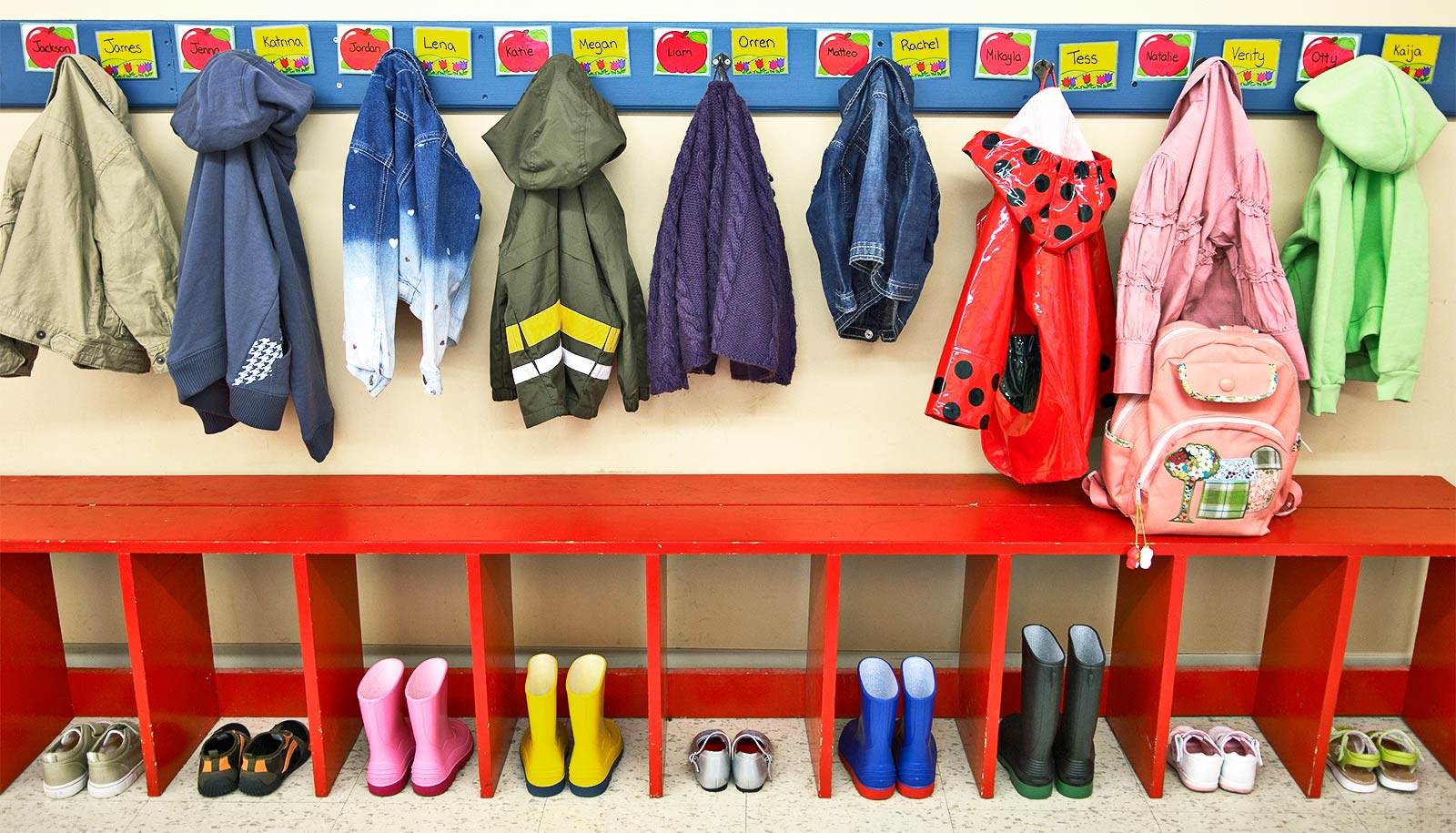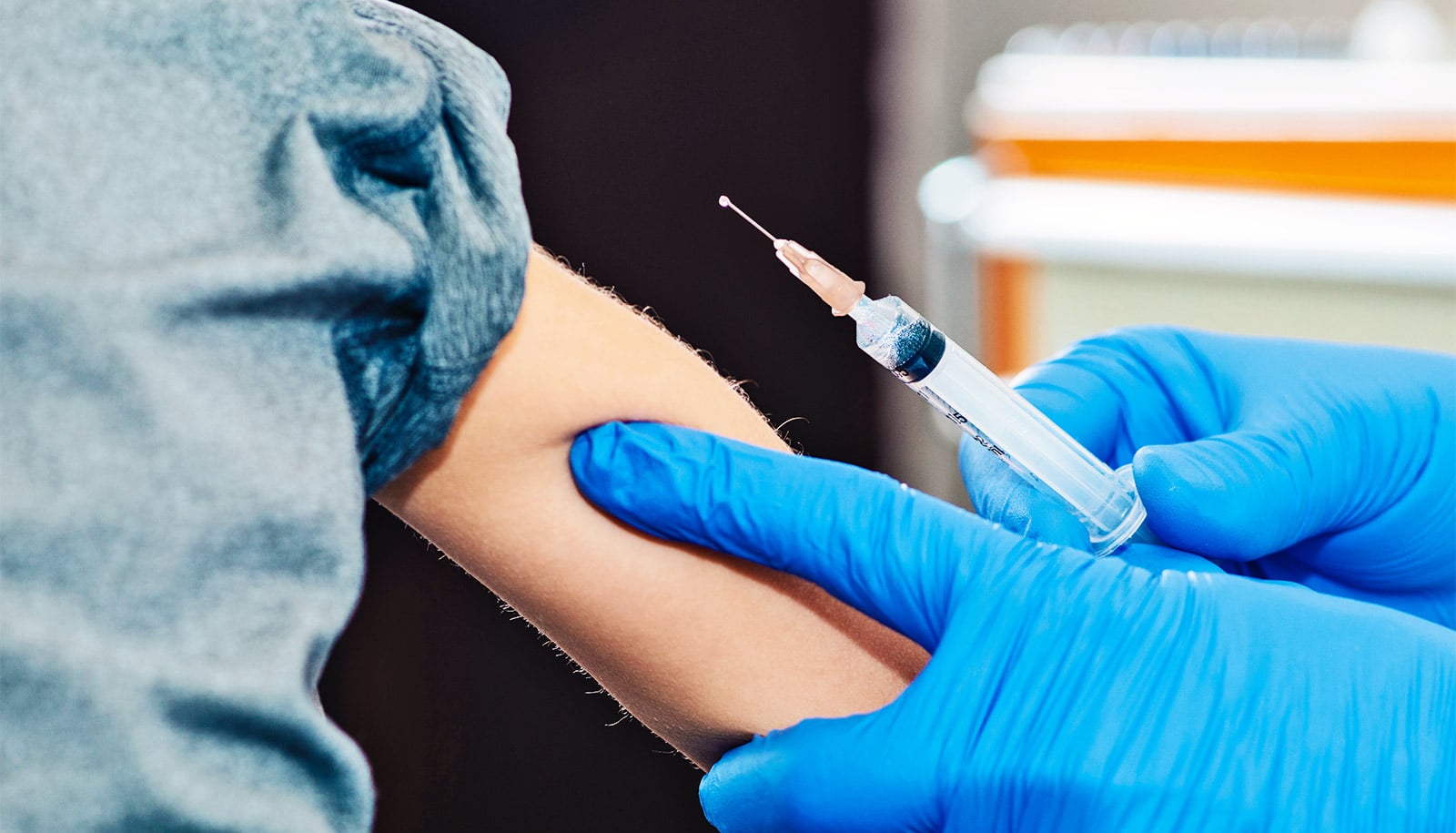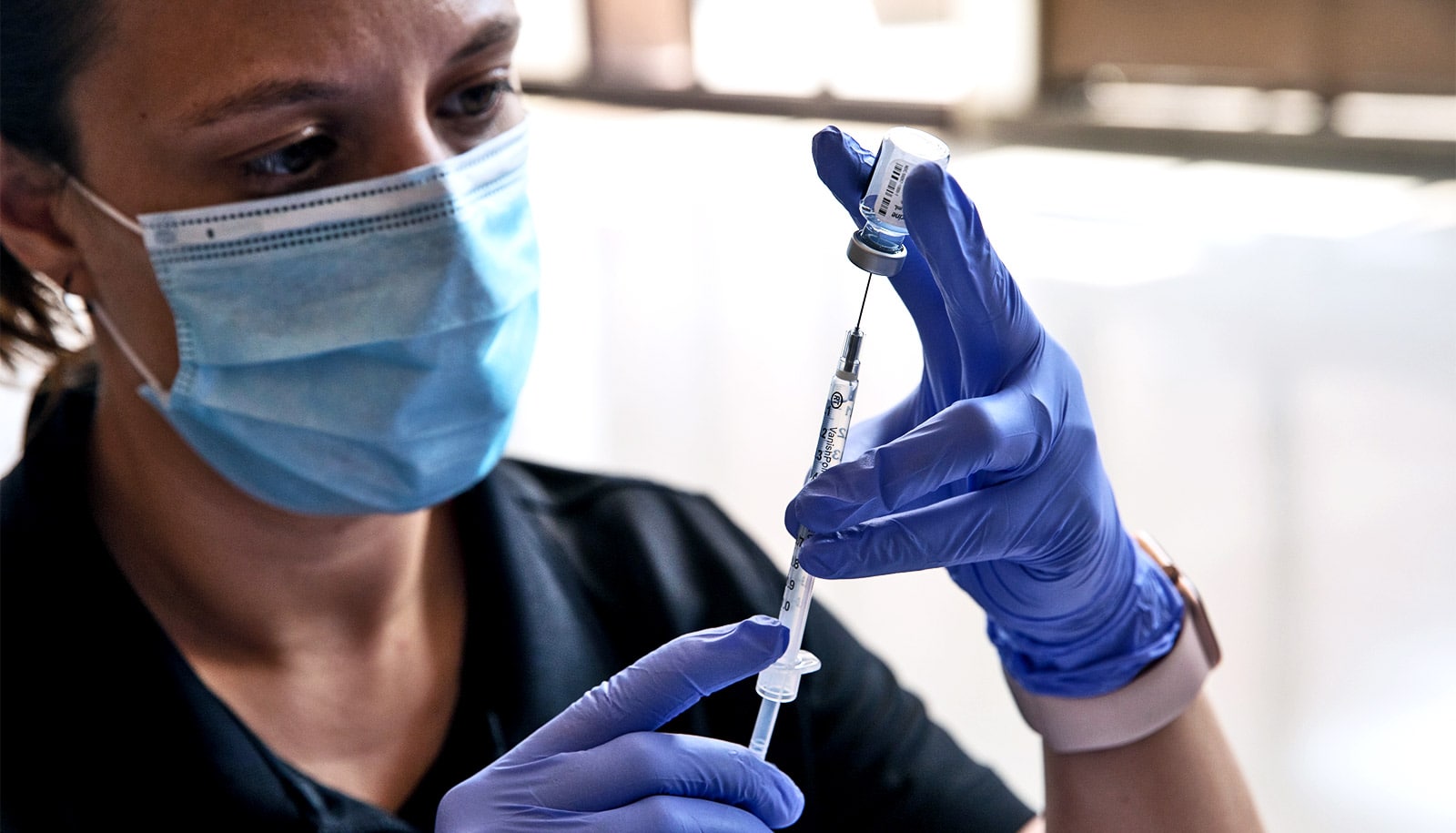
"No one wants to give up on controlling SARS-CoV-2 spread, but focusing on testing and long exclusion periods for children in child care centers appears to be unnecessary, while subjecting families to the expense of frequent testing, absence from work and lost wages, and loss of education and socialization for children," says Timothy Shope. (Credit: Getty Images )
Kids in child care aren’t significant spreaders of COVID
Children in child care centers don't spread COVID-19 at significant rates to caregivers, other kids at the center, or to family members.
Children in child care centers don’t spread COVID-19 at significant rates to caregivers or other children at the center, nor to their households, according to a new study.
The findings suggest that recommendations to test symptomatic children for SARS-CoV-2, the virus that causes COVID-19, and keep positive children home from child care for prolonged periods can be revised to align with those for other serious respiratory viruses.
“We need to have an open discussion at the national level about the benefit of recommending SARS-CoV-2 testing for every child with respiratory symptoms who attends a child care program,” says Timothy Shope, professor of pediatrics at the University of Pittsburgh’s School of Medicine, a pediatrician at UPMC Children’s, and lead author of the study published in JAMA Network Open .
“No one wants to give up on controlling SARS-CoV-2 spread, but focusing on testing and long exclusion periods for children in child care centers appears to be unnecessary, while subjecting families to the expense of frequent testing, absence from work and lost wages, and loss of education and socialization for children.”
Current recommendations from the US Centers for Disease Control and Prevention advise that any child with congestion, runny nose, or other respiratory symptoms be tested for COVID-19 and, if positive, be kept home from child care for at least five days.
For influenza and respiratory syncytial virus—equally serious respiratory viruses that infect and spread among children in child care centers at higher rates—recommendations are for the child to return to child care when symptoms are resolving and they have been fever-free for 24 hours.
The study included 83 children in 11 child care centers in two cities and their household contacts 118 adults and 16 children—as well as 21 child care providers. They were followed from April 22, 2021, through March 31, 2022.
Participants received weekly COVID-19 testing and completed symptom diaries. Child care center directors reported weekly, de-identified, self-reported COVID-19 cases for all care providers (402) and children (1,154) at their center.
The researchers found that SARS-CoV-2 transmission rates within child care centers was low, about 2% to 3%, indicating that neither children nor caregivers were often spreading COVID-19 to others in the centers. Child care attendance was also a minor cause of COVID-19 in households, since only 17% of household infections resulted from children who got COVID-19 at their child care centers. Most household cases were acquired from outside the child care center.
In contrast, once someone in a household had COVID-19, transmission to other household members was high, at 50% for children and 67% for adults.
“It is interesting that such a contagious virus was transmitted at low rates in child care centers and was an uncommon reason for household infections because it goes against conventional wisdom and medical knowledge we have about other serious respiratory viruses,” Shope says. “In households , the higher rates can be explained by much more prolonged and closer contact, especially with sick children.”
In addition, the team found that only 1 in 20 symptomatic children attending child care centers tested positive for SARS-CoV-2.
The researchers explained that the purpose of this study did not include evaluating the efficacy of COVID-19 vaccines because they were not yet available for children under 5 when the study was conducted. Nevertheless, the study’s results point to the importance of vaccinating children against COVID-19, which other research has shown to be safe and effective.
“Though we found COVID-19 transmission was low in child care centers, our study shows that transmission was very high in households, and young children still often contracted COVID-19 from people outside the child care center,” says Shope. “I strongly recommend the COVID-19 vaccine for young children to disrupt the high rates of transmission that occur in households and the missed school and work that can result.”
Additional coauthors are from the University of Pittsburgh; University of Michigan; and the the Institute for Infection, Inflammation and Immunity in Children.
The Merck Investigator Studies Program, the Henry L. Hillman Foundation, and Flu Lab supported the work.
Source: University of Pittsburgh
The post Kids in child care aren’t significant spreaders of COVID appeared first on Futurity .
Share this article:
This article uses material from the Futurity article, and is licenced under a CC BY-SA 4.0 International License. Images, videos and audio are available under their respective licenses.
Related Articles:
Flu shot lessens risk for COVID symptoms in kids
Feb. 5, 2021 • futurityWhat are the ethics of getting a COVID-19 vaccine booster?
Sept. 10, 2021 • futurityLinks/images:
- https://doi.org/10.1001/jamanetworkopen.2023.39355
- https://www.futurity.org/covid-exposure-schools-test-to-stay-2676052/
- https://www.futurity.org/emergency-childcare-covid-19-2342642-2/
- https://www.futurity.org/covid-19-infants-mothers-2824702/
- https://www.futurity.org/covid-19-vaccines-kids-moms-2691602/
- https://www.upmc.com/media/news/102423-covid-child-care-centers
- https://www.futurity.org/child-care-covid-2991182/
- https://www.futurity.org


